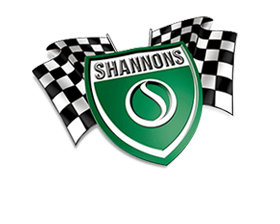Specifications
| Engine | 2.5 litre four-cylinder |
|---|---|
| Gearbox | 4-speed manual |
| Body Work | Saloon |
| Colour | Burgundy & Ivory |
| Interior | Green & Burgundy |
| Trim | Leather |
| Wheels | Steel |
| Brakes | Drum/drum |
Description
This lot is no
longer available
Riley's first post-war model was the RM series of saloons, dropheads and roadsters, built initially at Coventry although production later switched to the MG factory at Abingdon. The RMA was the first model to appear late in 1945 and featured torsion bar front suspension and a development of the pre-war overhead-valve four-cylinder engine, plus hydro-mechanical brakes. Marketed as the 1½ litre, the RMA had attractive, traditional styling and was capable of reaching 75 mph on the open road. Riley supplemented the RMA with the 2½ litre RMB from 1946, using a longer wheelbase chassis made from heavier gauge steel, to accommodate the long-stroke four-cylinder engine. With twin cams and fed by a pair of SU carburettors, the RMB had 100 horsepower on tap and could top 90mph. In March 1948 Riley expanded the model line-up to include the flashy RMC Roadster, a model aimed squarely at the American market (indeed it was initially only sold in left-hand drive guise), followed by the Drophead RMD in 1949, with buyers including film star Clark Gable. Riley RMs also featured in international rallies and even the occasional circuit race, with a works prepared RMC finishing 17th at Le Mans in 1950. The 2½-litre Riley underwent constant development, with the original lever-arm rear suspension replaced with telescopic dampers in 1951 and a more powerful engine fitted the following year, when the RMB was replaced by the stop-gap RMF. Some 6900 RMBs were built between 1946 and 1952, with Australia - not America - proving the strongest export market. The last Rileys to wear the famous blue diamond badge, the RM series was well received, and The Motor described the RMB as offering "Sports car performance with town carriage manners". The blend of traditional and modern qualities that made the RM series so popular in the day was neatly summed up by Riley's slogan "as old as the industry - as modern as the hour".
























